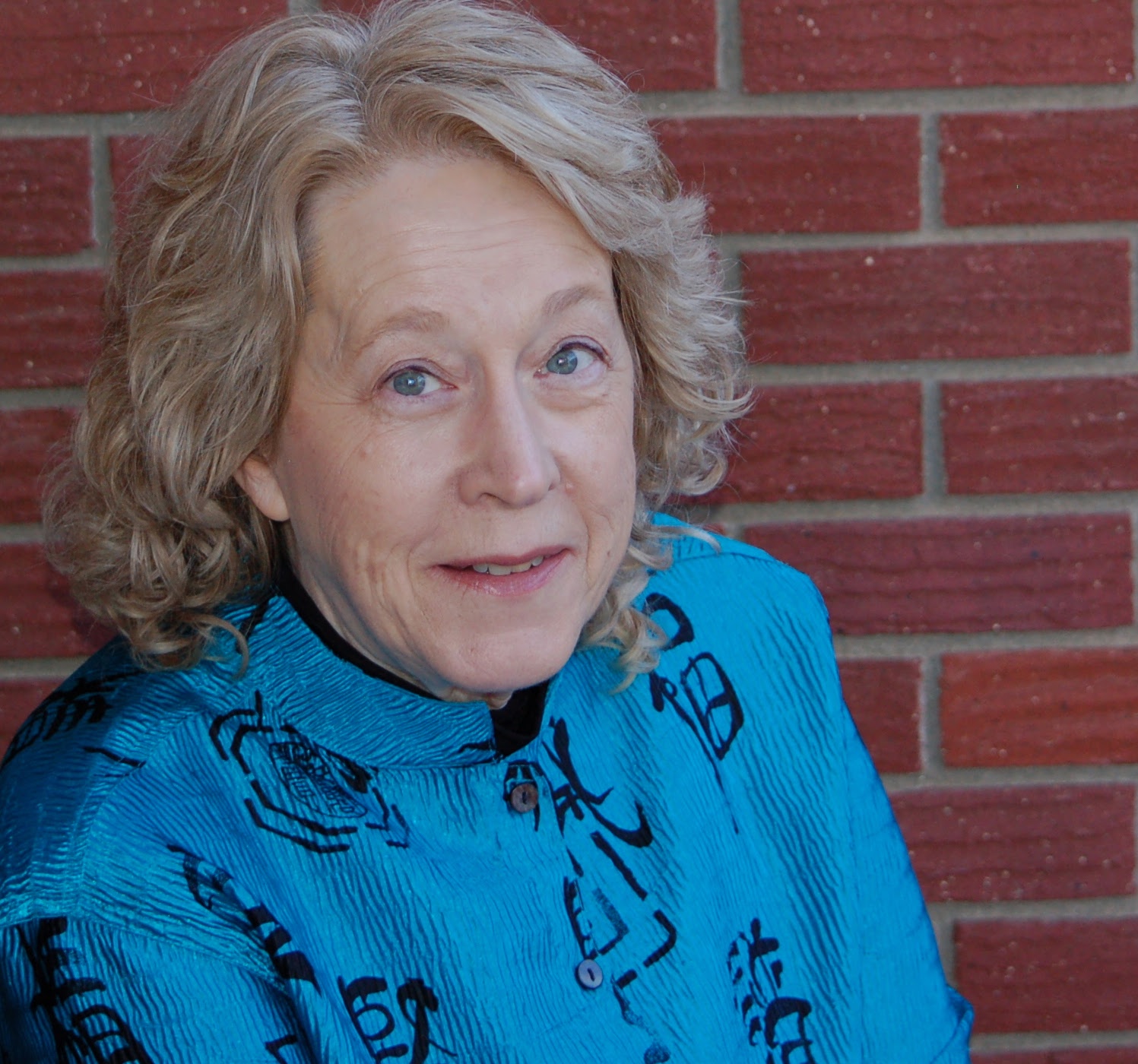We were lucky to catch up with Judy Fort Brenneman recently and have shared our conversation below.
Judy Fort, looking forward to hearing all of your stories today. What do you think it takes to be successful?
The question you asked via email was a story of a risk I’ve taken — this prompt (what do you think it takes to be successful) is the closest match on the list.
Story of a risk I’ve taken:
Risk-taking is a hard question for me, because I rarely think in terms of “risk.” People have told me I’m brave, which always surprises me, and puzzles me a bit, because in the moment, it doesn’t (and didn’t) feel risky to me. For example, after presenting at conferences, audience members would admire how brave I was to launch and run my own business, certain that it took enormous courage. But it didn’t; being my own boss felt safer than working for someone else. Some of that was familiarity—I grew up in a small, family-owned business—but a lot of it was wanting flexibility, variety, and control.
I think it comes down to what feels safe or at least less terrifying, and cultivating curiosity. Trusting yourself helps, too. Not just trusting that whatever risk or action you’re about to take will be successful, but trusting you can figure out whatever you need to figure out, when you need to figure it out.
Part of this is the way I’m wired; it doesn’t occur to me to be afraid (hence, it doesn’t occur to me that risk is involved). Another part is a deliberate willingness to be curious and open. My curiosity pulls my attention into whatever it is I’m considering so fast that I’m already answering questions: What’s the worst that could happen? Will this be interesting? A chance to learn something new? Fun? Does it feels weird, scary, or off in some way? If so, is that true or is my Inner Critic acting up?
There is always more than one right answer. Every decision, every action, has risk. We decide, and we act anyway. To paraphrase Maya Angelou, if the decision and subsequent action don’t take us where we want to go, we have the right and the responsibility to try again, equipped with whatever we’ve learned, and explore a different right answer.
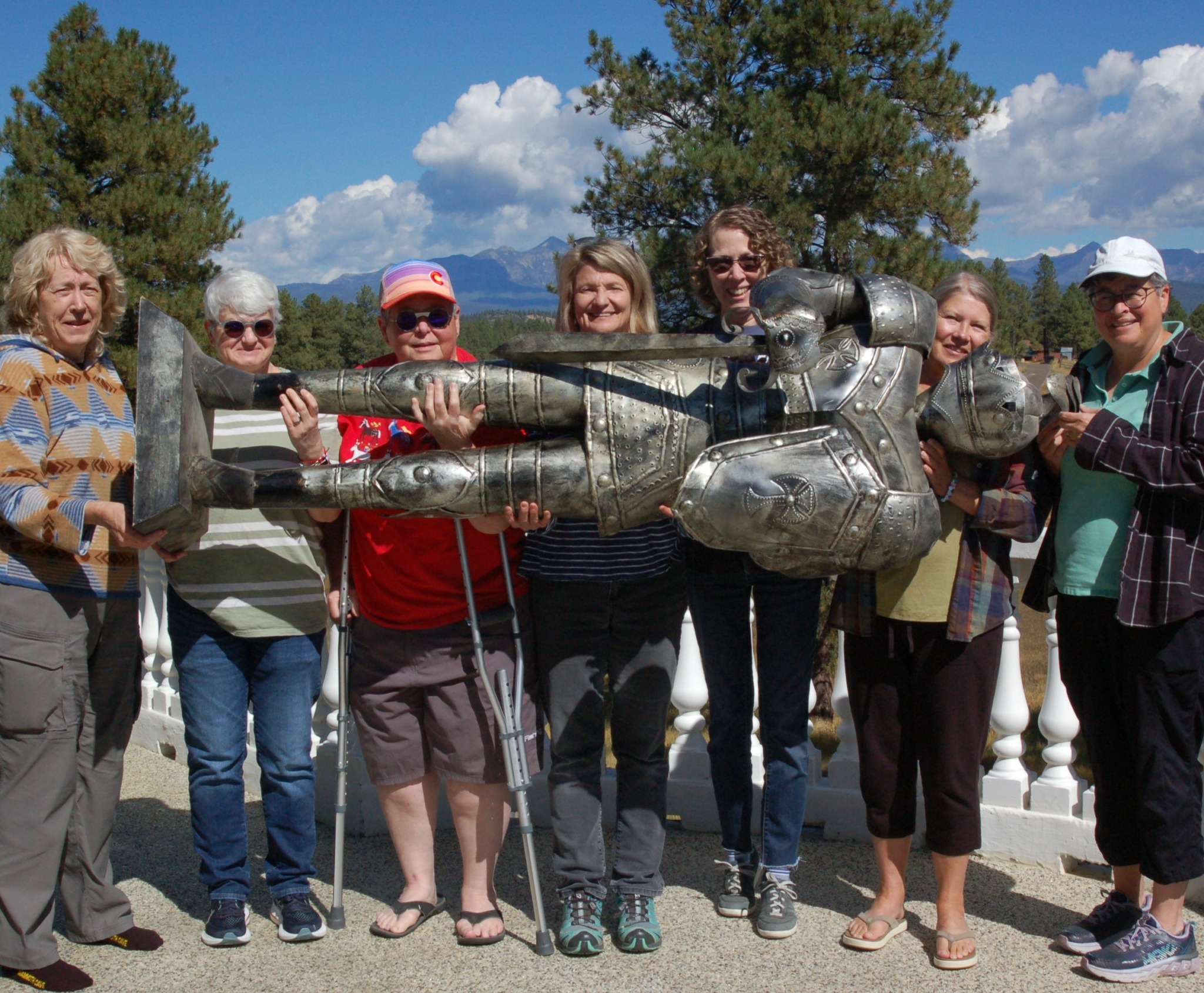
As always, we appreciate you sharing your insights and we’ve got a few more questions for you, but before we get to all of that can you take a minute to introduce yourself and give our readers some of your back background and context?
Through Greenfire Creative, I help people tell their stories.
I help through:
• writing coaching: one-on-one, personalized writing guidance
• writing retreats: safe and supportive gatherings to support and improve your writing
• writing & editing services: including book editing
I’m an award-winning author and playwright, story meddler, occasional poet, and long-time writing coach with expertise in helping writers who have interesting neurologies (which is most of us!). I’m especially interested in the role of writing, story-making, and creativity in human resilience. My personal conviction is that those of us who are able to tell our stories have an obligation, not just a responsibility, to do so. I believe whole-heartedly that writing can (and does) change the world, but often, it changes the writer first.
My own writing has appeared in everything from literary magazines to museum exhibits, including the short story, “All My Eyes Are On You,” nominated for the Pushcart Prize. My longer work includes the award-winning book, “Electric Lemons: Interpretation and the Art of Writing” and the play, “Dracula and The Writing Coach,” winner of the Trimedia Audience Choice Award—Best Theatre. Books by my clients have won awards, too. You can read more about those and other details on the Greenfire Creative website, https://greenfire-creative.com.
Although my first published work was a poem I wrote for Outdoor Education in the fifth grade (I found out decades later that I’d won an award!), it never occurred to me that writing was a career choice. Books and periodicals were simply there, fully formed, wonderful, and waiting for me on the shelves of the library. I didn’t keep a diary or journal. I wrote dutiful homework assignments. I’d never met an author, a writer, a journalist. In college, more by luck than design, I found fellow science fiction and fantasy fans, which led to the amazing discovery that all these wonderful stories were created by actual people, some of whom I met in person. In the meantime, I studied biology and psychology (my official majors), and circus techniques (yes, really) and movie-making (actual film; I watched in horror and relief as my final assignment literally melted in the projector). After working in medical research long enough to realize it was not where I wanted to be, I landed a job in a small manufacturing company, ultimately writing and editing all their technical, marketing, and publicity materials. Somehow, without really meaning to, I’d become a professional writer. And I liked it!
In the years since, I’ve continued my education as a writer, editor, and creativity coach through both formal and informal programs. I launched my first company, The Write Shop, in the mid-1980s, pairing freelance writers (and later, other creatives) with clients who needed tech writing and marketing communications. I began writing creative nonfiction a few years later. After closing that company and taking a break to focus on my own writing, I joined forces with several other women to form Greenfire Creative, which underwent significant changes before relaunching with me as sole owner. I’m still writing, still editing my own and other people’s work, still helping people tell their stories. Still learning, experimenting, and creating!
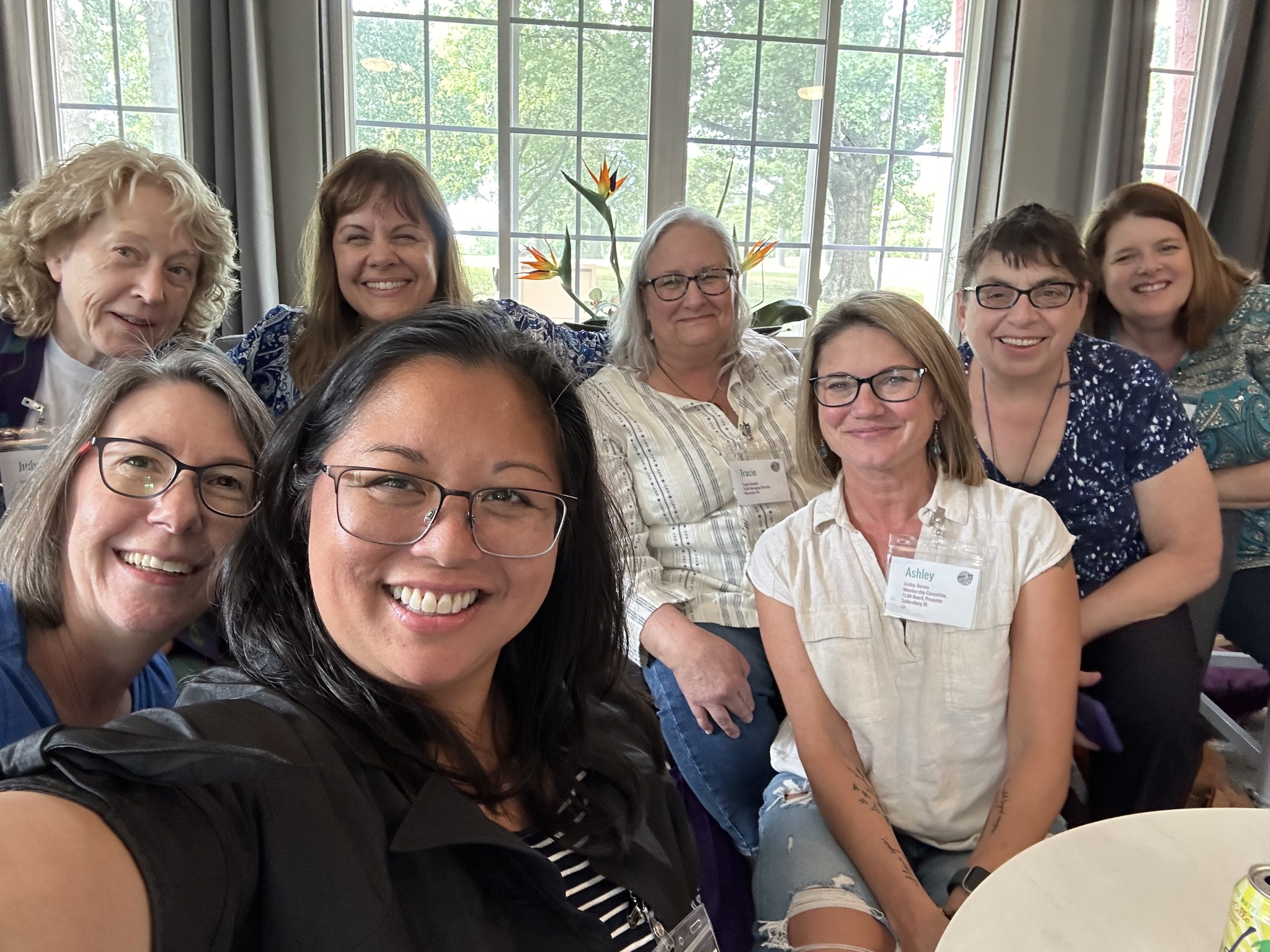
Let’s talk about resilience next – do you have a story you can share with us?
There’s the day the roof caved in…
It’s late February, late Friday evening. I’ve been out of office all day every day since Monday, leading a writing workshop on the far side of town. The workshop was great. Lots of energy, happy writers, good times all around despite the frigid temps that kept us indoors until our last day, when the temperature finally crept above freezing.
By the time I pack up my gear, close up the borrowed conference room, and load the car, it’s going on 9:00. I’m so tired I can barely drive, but at least it’s not snowing hard. I pull into the garage, wondering if my husband’s flight has landed yet; he’s due back from a business trip late tonight.
I automatically slide my shoes off as I step into the family room. I discover water dripping from the ceiling, a soaked carpet, stuff that looks kind of like mashed crackers splattered on the carpet and stairs, and a terrified and soaking wet dog quivering in the corner of the kitchen. My brain refuses to explain what’s going on. I reassure the dog, rubbing a kitchen towel over her head and back, which helps but not much. I head up the stairs to the second floor (the dog, being smarter than I am, stays at the bottom of the stairs). First door off the hallway is the bathroom; everything’s fine. Second door, on the other side, is my office. I hear weird sounds, water sounds but other noises too, and I briefly wonder if there are Bad Guys ransacking my office. I peer around the edge of the doorframe: no Bad Guys, and then a long moment before my brain catches up with what I’m seeing.
My brain shrieks, “The roof over our office has caved in! And we just had the roof inspected, and the insurance company said it was fine, no worries, and now my roof has caved in!”
Over the next five hours, several things happen. First, I call the insurance agent and leave the most unprofessional voicemail ever (which I apologize for later, profusely and in person). I call a friend who gives me the phone number for a company that handles disaster recovery. The very tired, very calm man who answers the phone asks me, “Are you sure it’s the roof?” And I honestly don’t know; I’ve assumed it’s the roof. He kindly suggests that I go upstairs if it’s safe, stand in the doorway (if it’s safe), and look up. I do that. He asks, “Do you see the sky?”
Such a simple question.
I cannot see the sky.
“That’s good,” he says. “That means your roof is okay. Your house is going to be okay.”
We’re going to be okay.
From there, we figure out that the drainback pipe for our solar system has ruptured, saturated the attic insulation, which collapsed onto the ceiling, which then collapsed into the mess once known as my office. My husband arrives and turns off the water (which is great, because I can’t remember where the shutoff valve is). We shovel waterlogged insulation into trash bags, slog the bags downstairs and into the garage, so the office floor won’t collapse into the family room below.
We find soaked tech equipment under the mess, clean as best we can, set it out to dry away from the potentially collapsing office floor. We find boxes of old drafts and work samples drenched beyond recognition. And my notebooks.
Notebooks filled with journal entries from the year — was it only two years before? — that our son underwent successful cancer treatment. Journal entries that I need for my writing. Thanks to half-remembered advice from a museum colleague, I stick them in plastic bags and put them in the freezer. Later, I will take them out of the freezer and photocopy them, because despite freezing, they end up splotted with pink and yellow mold, unfit for saving or recycling. Later, I will spend an absurd amount of time on the phone with the insurance adjuster, explaining why the photocopying expense was necessary, that writers write, that books do not spring fully formed onto store shelves. It takes longer than the actual repairs, but they finally send a check for the cost of the photocopies. I store the photocopies in a plastic tub with a tight fitting lid.
After a month, we’re back enough to be open for business, meeting in coffee shops and the library and over the phone. I apologize profusely to the insurance agent (again) for that awful voicemail message. Later, I tell her the funny story about how the repair crew almost set the family room ceiling on fire, which is why we now have new carpeting (paid for by the clean-up company) in the family room.
I remember to be grateful as well as relieved, and surprised when insurance pays for things I didn’t expect: the cost to transfer data and set up the replacement computer (you DO backup all your files, don’t you?), business income that didn’t come in thanks to the chaos (based on year-over-year comparison). I remember that some days, you just have to do the job in front of you, that nothing lasts forever, and that there is always daylight somewhere.
And I remember: We are okay.
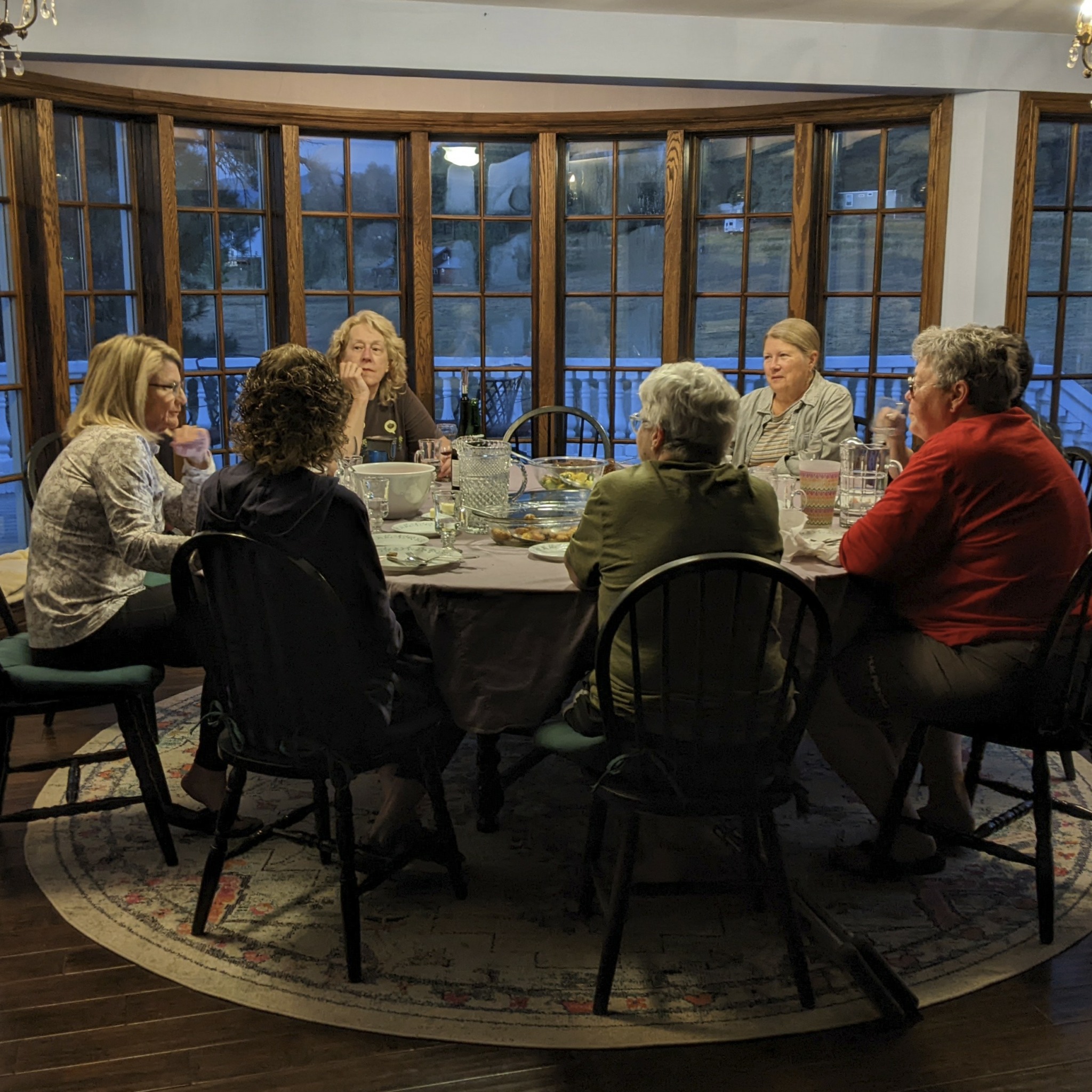
Can you tell us about what’s worked well for you in terms of growing your clientele?
I connect with prospective clients primarily through a combination of in-person and Zoom presentations (e.g., conference and workshop sessions), personal recommendations, and word of mouth. I’m moderately active on a few forums that overlap with or are adjacent to the primary fields I’ve been involved in over the years (e.g., chiming in with suggestions, advice, recommendations, etc.; posting news about upcoming workshops, retreats, and publications). I publish an e-newsletter every once in a while. I listen a lot. I invite prospective coaching clients to take advantage of a free 30-minute get-acquainted meeting to see if I’m a good match for what they need.
I also pay attention to my schedule and workload. It can sound wonderful (and financially secure) to have lots of coaching clients, or to expand by having group coaching sessions. I’ve learned that for me, bigger isn’t better. What I love the most are working one-on-one with clients—and there’s an upper limit to how many of those I can do effectively without burning out—and hosting or facilitating retreats and workshops limited in size (usually less than 12 participants), whether they’re virtual or in-person events.
Contact Info:
- Website: https://greenfire-creative.com
- Facebook: https://www.facebook.com/GreenfireCreative
- Linkedin: https://www.linkedin.com/in/judyfortbrenneman/
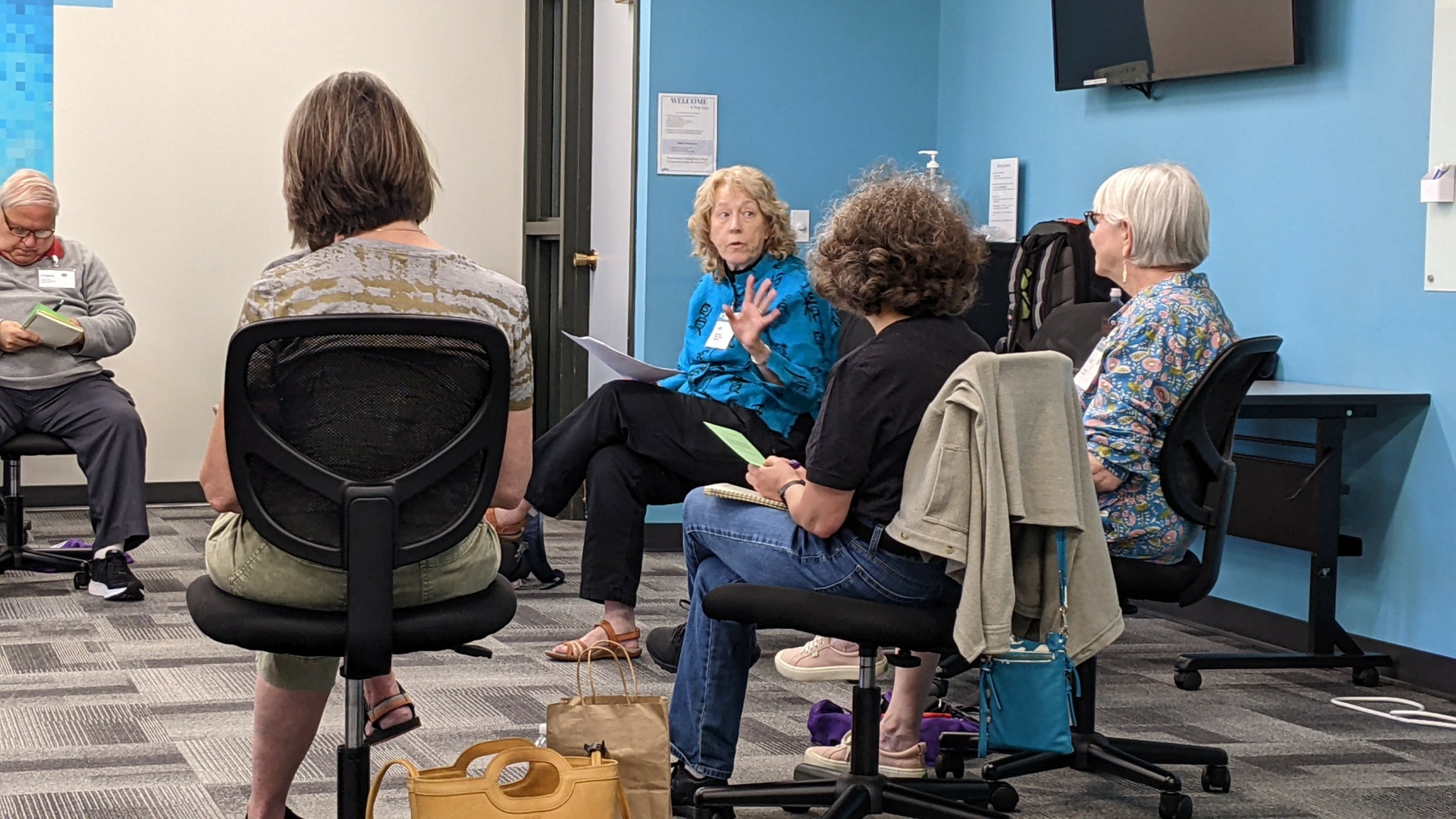


Image Credits
Ted Brenneman
Amanda Lacson


